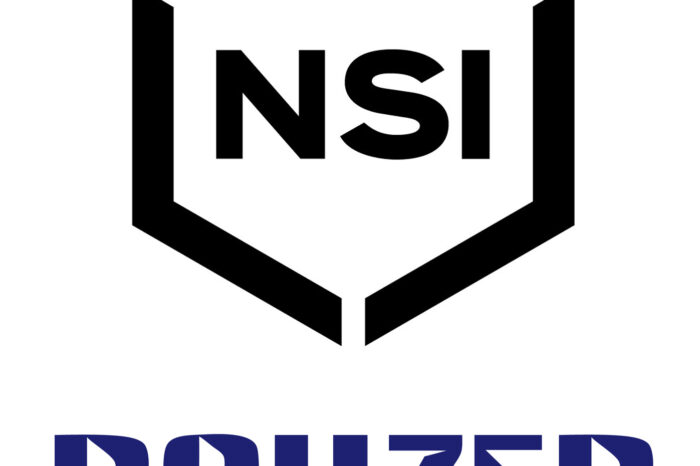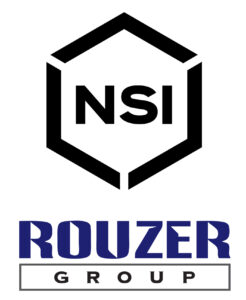Recession + Productivity = Profits
Monday’s WSJ had an article that discussed the relationship between productivty and recessions. According to the article, productivity during the six recessions since 1970 grew only 0.8%, on average, whereas this year it has estimated to have grown by 2.5%.
And the concluding sentence in the article states “Despite soaring prices for materials, U.S. companies are reporting limited ability to pass cost increases along to consumers. That may leave them no choice but to squeeze out more productivity to avoid a big hit to their profits.”
Given that distribution is a market share game (and many are seeking market share via price), perhaps it is more important now for distributors to improve profitability through improved productivity.
Here are some ideas that others are using:
- Reducing dead inventory. This helps improve turns and turns a dead asset into something positive, plus it increases your ability to borrow if necessary. There are many strategies to help achieve this, the biggest obstacle is commitment.
- Outsource invoicing. Yes it seems strange to spend money to make money, but many distributors are reporting reduced invoicing costs, reduced DSOs and increased customer satisfaction by pursuing this method. A leader in the electrical industry in outsourced invoicing / bill presentation is BillTrust. An outsourcing invoicing can also help you promote yourself as more “green” and address corporate sustainability issues (being green internally).
- Are your DSOs for your small customers (<$2500/year) hurting your overall receivables and cashflow? Perhaps reconsider your credit policy or consider dunning letters (and maybe outsource this to professionals)?
- Automate rebate claims. Think of all of the claims that don’t go through marketing groups. It’s your money the manufacturer is playing with. How can you automate the process? One client used their Infor system to extract data into an Excel file to send to manufacturers. Reclaimed $250K pretty quickly (and think of the time savings from manually doing it as well as the cash flow benefits!). This is what we call “turning IT into a profit center.”
- Increase EDI usage. Many distributors use EDI for orders to manufacturers but the percentage of invoices that are received by EDI and batched into AR is significantly lower. Automate the entire process and your AR people will have more time to deal with exceptions as well as new AR generated through growth (or other issues). Another example of IT adding to the bottom line.
- HD Supply’s Facilities Maintenance benefited from on-demand data integration according to searchCIO.com using Hubspan which helps companies connect to business alliance partners with no kilocharacter charge. They facility connections to customers and suppliers. If they could help HD facilitate its migration away from Home Depot without missing a beat, perhaps there is something there for you, especially at a cost savings from VAN services that do charge by the kilocharacter (and they use industry standards – which means EDI).
Hope this helps give you some ideas where you can generate increased profitability internally. The lower your operating costs, and with the reduced margins your sales organization is bringing back, the greater the opportunity for profits at the end of the day.
What are you doing to improve your profitability?


















